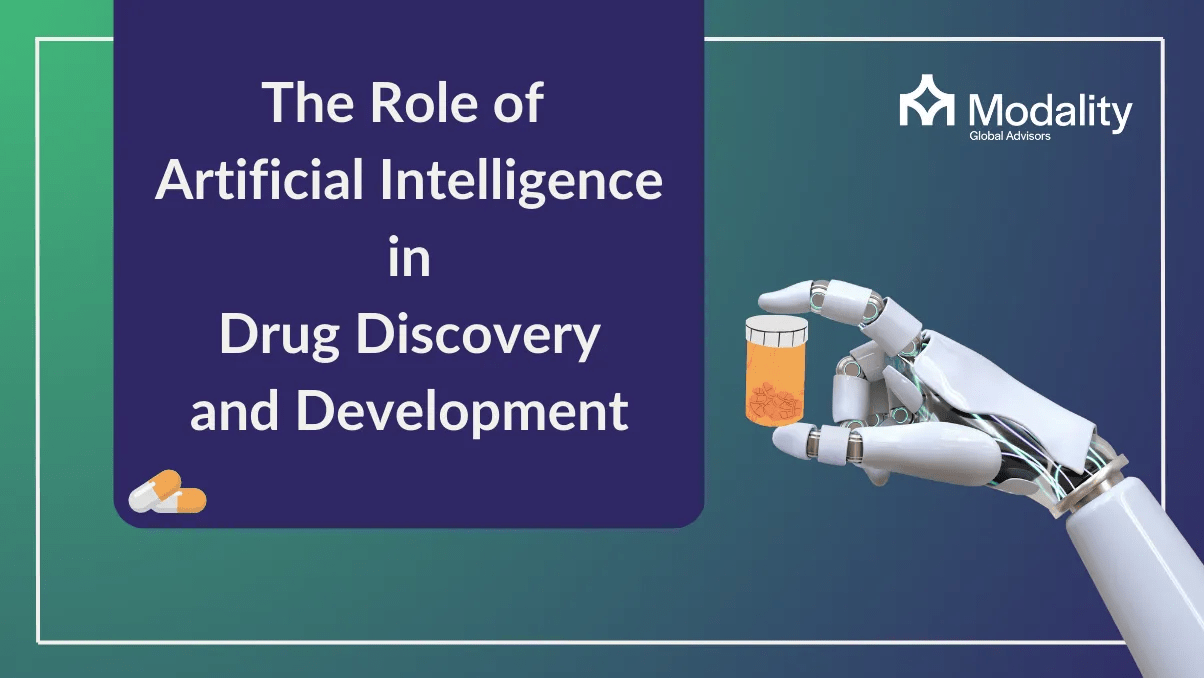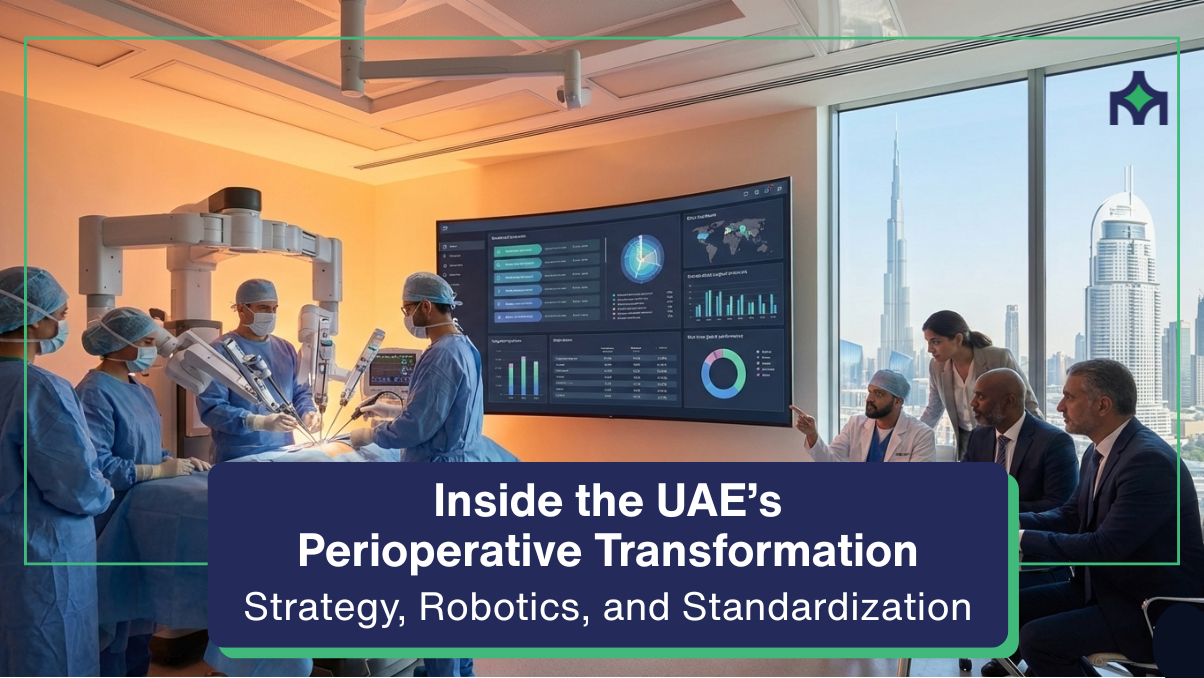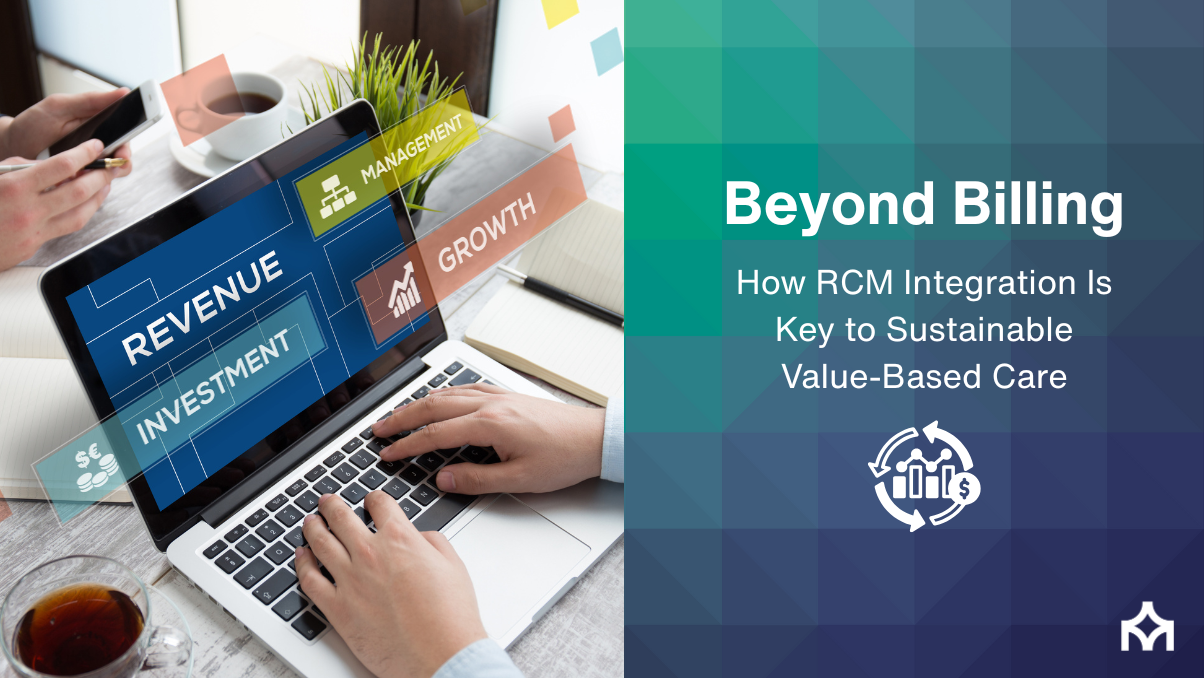The Role of Artificial Intelligence in Drug Discovery and Development
AI in Drug Discovery: Faster, Smarter, and More Predictable
Drug development is slow, risky, and expensive—often $2.6B over 10–15 years with ~90% clinical failure. Artificial intelligence (AI) is changing that trajectory by compressing timelines, improving hit quality, and raising the probability of technical and regulatory success.
Where AI Makes the Biggest Impact
- Target discovery & biology: ML sifts omics, literature, and phenotypic data to reveal disease drivers in days—not years.
- Virtual screening & design: In silico docking, generative chemistry, and multi-parameter optimization (MPO) prioritize high-quality leads.
- ADMET & toxicity prediction: Early risk screens reduce late-stage failures and de-risk IND packages.
- Clinical development: AI supports adaptive designs, site selection, and patient-matching to speed enrollment and improve power.
From Idea to IND: A Modern AI-Enabled Flow
- Hypothesis generation: Causal inference + knowledge graphs identify tractable targets.
- Design–make–test–learn (DMTL): Generative models propose compounds; predictive QSAR/ML rank and refine.
- In vitro/in vivo triage: Active learning loops sharpen models with every experiment.
- Translational planning: AI suggests biomarkers, stratification, and dose rationale for first-in-human.
Speed & Cost
40–50% faster discovery cycles; up to 30% R&D savings via better triage and automation.
Quality
Higher hit rates, improved physicochemical balance, and earlier ADMET risk detection.
Clinical Readiness
Smarter trial designs, faster enrollment, and better-fit patient cohorts.
Challenges to Solve (Before They Solve You)
- Data quality & bias: Heterogeneous assays, publication bias, and label noise degrade model reliability.
- Integration with legacy R&D: Orchestrating ELNs, LIMS, and screening platforms requires robust MLOps.
- Regulatory clarity: Model documentation, validation, and explainability are critical for FDA/EMA confidence.
- IP & ethics: Generative design provenance, fair data use, and security-by-design.
How Modality Global Advisors (MGA) Accelerates AI-Driven R&D
- Strategy & Roadmapping: Target use-cases with measurable ROI across discovery and clinical ops.
- Data & Platform Readiness: Build interoperable data layers, governance, and secure MLOps pipelines.
- Partnerships & Capital: Match pharmas with AI biotechs; structure pilots and co-dev agreements.
- Regulatory Enablement: Model validation packages, audit trails, and documentation aligned to FDA/EMA expectations.
- Ethical AI & Security: Bias audits, privacy-preserving analytics, and compliant data access controls.
Note: Successful programs pair strong data foundations and cross-functional MLOps with clear governance, KPIs, and change management.






